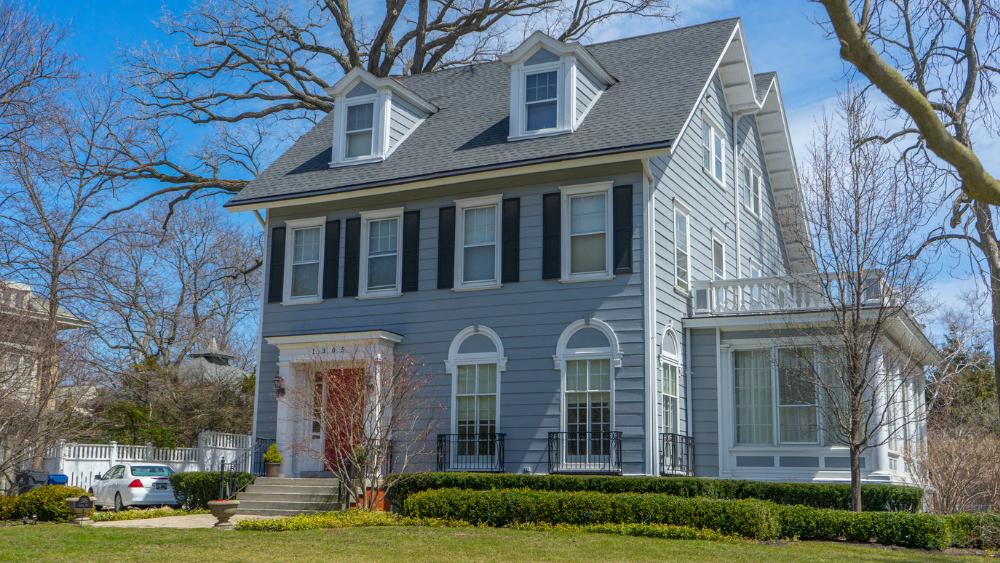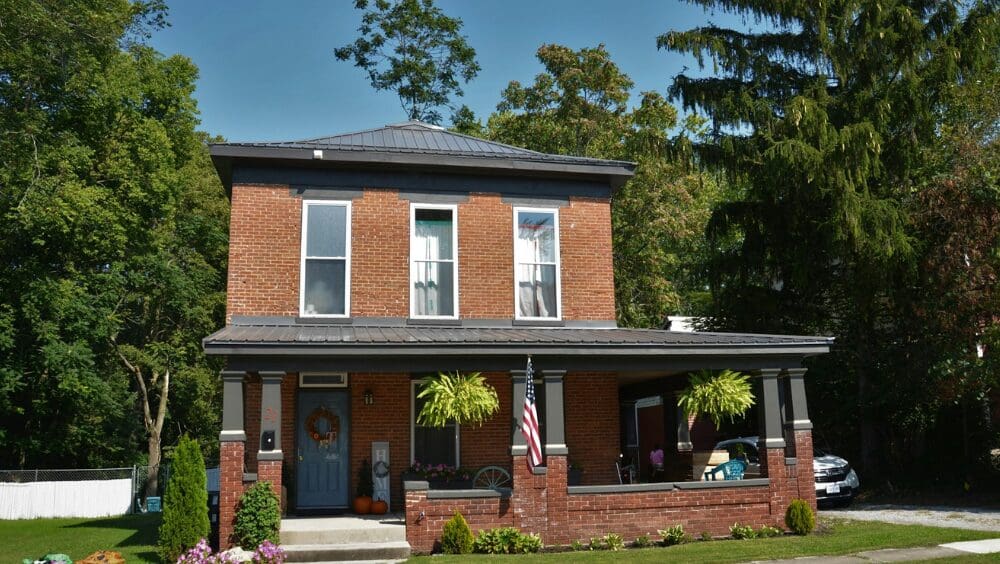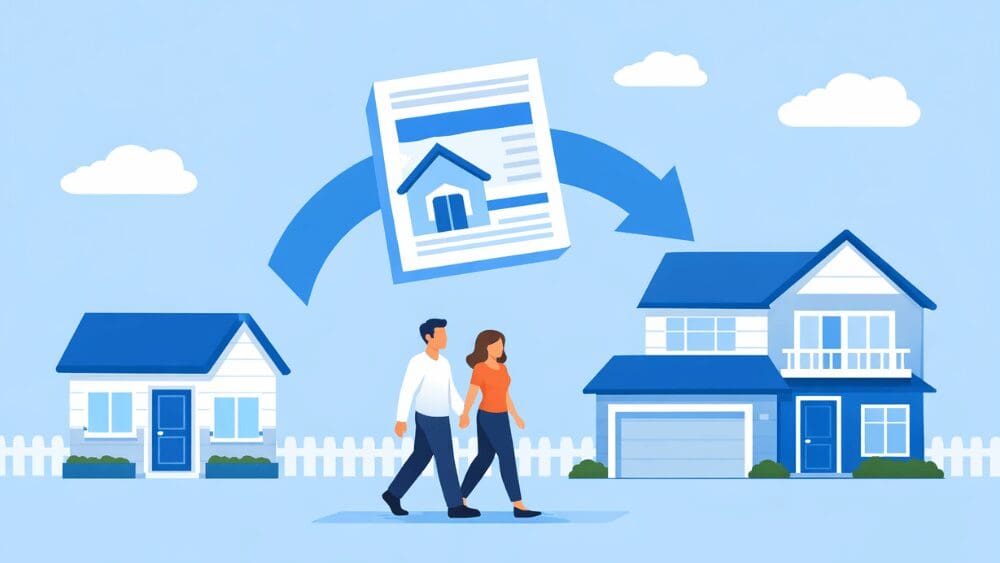
Navigating the complexities of selling your old home and purchasing a new one in Illinois can be a challenging balancing act, especially when trying to align the timing and funds. This challenge intensifies in a market with low inventory and high prices, a common scenario for many Illinois homeowners. You might find yourself contemplating the daunting prospect of selling your home, moving to a temporary location, and then hunting for a new house. However, there’s a strategic solution that might just fit your needs: a bridge loan. As a short-term financing option, bridge loans in Illinois offer a unique opportunity. They enable you to purchase your new home before you’ve sold your current one, smoothing out the transition and alleviating the stress of timing in the real estate market. In this post, we’ll provide insights and helpful tips about bridge loans in Illinois. We’ll also share a brief overview of a Buy Before You Sell program that streamlines the entire process. A bridge loan is a financial tool designed to help you buy a new home while still owning your current one. This type of loan leverages the equity in your current home to provide the cash you need for a down payment and other expenses related to your new purchase. Think of a residential bridge loan as a temporary financial lifeline. It acts as a bridge, filling the gap between the sale of your old home and the purchase of your new one. This can be particularly useful in a competitive market like Illinois, where timing is crucial. Typically, bridge loan terms last anywhere from six months to a year. It’s important to note that bridge loans usually have higher interest rates compared to traditional mortgages. This is due to their temporary nature and the higher risks involved for lenders. Despite this, for many Illinois homeowners, the benefits and convenience of a bridge loan can make it a valuable option during the homebuying process. In many cases, the same lender handling your new mortgage in Illinois will also offer the bridge loan. They generally require that your current home be on the market, and these loans are usually available for six months to a year. This setup provides a cushion, allowing you not to miss out on your new home while waiting for your old one to sell. A key aspect of this process is your debt-to-income ratio (DTI). Illinois lenders will look at the payments on both your current and new mortgages, plus any interest-only payments on the bridge loan. This calculation helps them assess your ability to handle payments on both properties simultaneously. However, if your existing home is already under contract and the buyer’s loan is approved, some lenders may consider only your new mortgage payment in the DTI calculation. This adjustment can ease your financial burden, ensuring you’re not overstretched if your current home takes time to sell. Bridge loans in Illinois offer several advantages, making them an appealing option for homebuyers balancing the timing and financial challenges of buying a new home while selling their old one. Here are some key benefits: These benefits make a bridge loan a strategic choice for Illinois homeowners who need financial flexibility before they can access the equity from their home sale. With a bridge loan, you can more confidently move forward in the housing market. While a bridge loan can be a helpful tool for transitioning between homes, it’s important to be aware of its potential drawbacks. Here are some key considerations: Understanding these drawbacks is crucial in making an informed decision about whether a bridge loan is the right choice for your situation. A bridge loan isn’t always the go-to option for every home sale or purchase, but in certain scenarios, it can significantly ease the transition from your old home to your new one. Here are some instances where a bridge loan might be a particularly good fit: Especially relevant is if you find it challenging to prepare or stage your current home for sale while still living in it. An empty house often presents better, and a bridge loan can facilitate your move to the new home, allowing you to stage and sell the old one more effectively and possibly at a better price.What is a residential bridge loan?
How does a bridge loan work in Illinois?
What are the benefits of a bridge loan in Illinois?
What are the drawbacks of a bridge loan?
When is a bridge loan a good solution?



